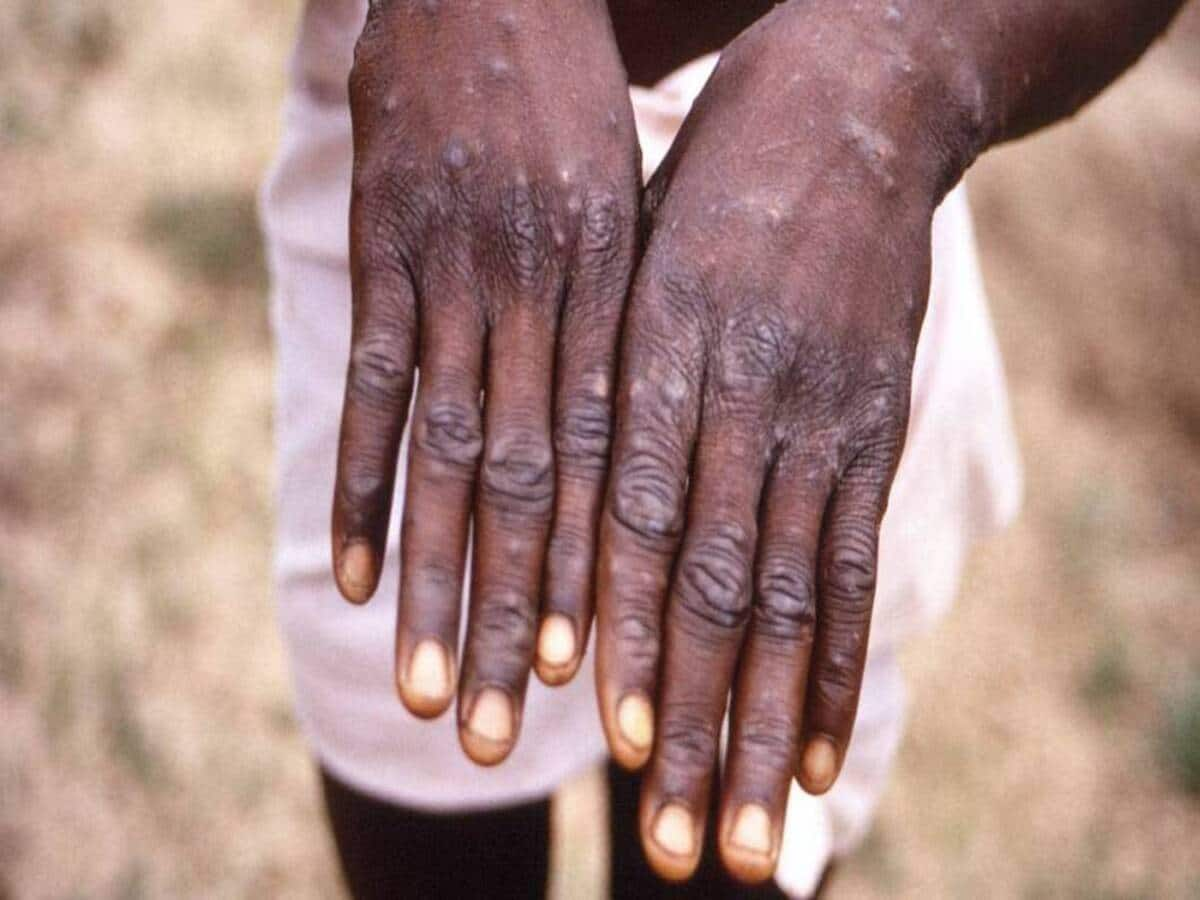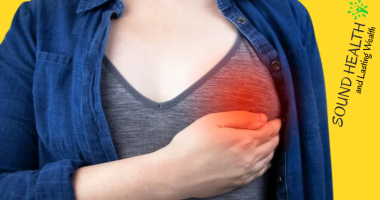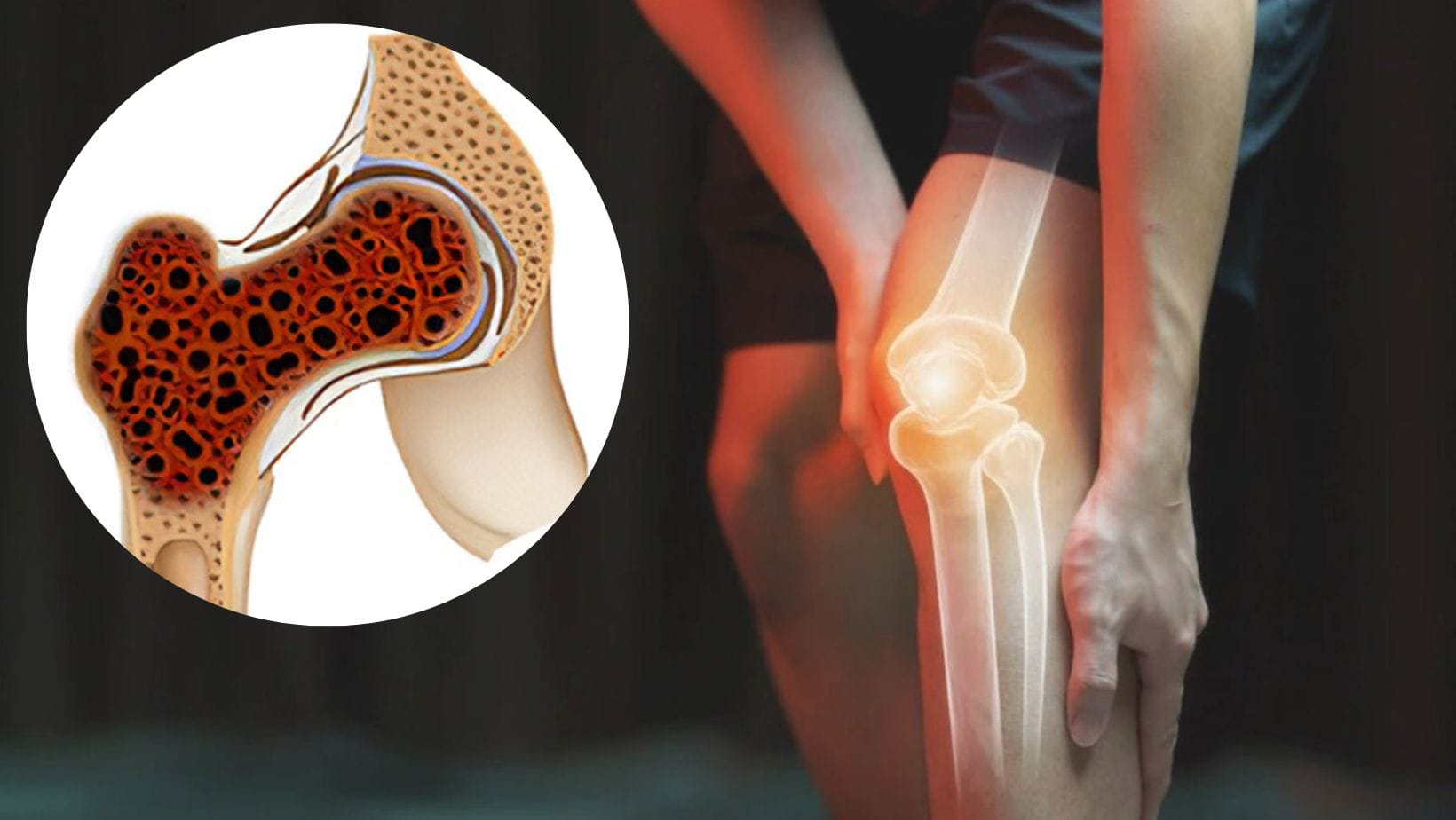Is Monkeypox Dangerous Like Coronavirus? The WHO (World Health Organization) issued a high alert regarding monkeypox on 23 July, Saturday. Because of the increasing cases of monkeypox in the world, WHO declared a global health emergency. Although this disease spreads from animals to humans, it is not spreading as fast as covid-19. According to the WHO, 14,533 probable and laboratory-confirmed monkeypox cases have been reported from 72 countries till July 20. At the beginning of May, there has been a spurt with 3,040 cases in 47 countries. In the previous 12 years, WHO has declared seven diseases a public health emergency. Like monkeypox, several announcements were made on swine flu in 2009, polio in 2014, Ebola in 2014, Zika virus in 2015, Ebola in 2018 and Covid in 2019. However, most of these diseases did not take the form of epidemics.
Difference Between Covid And Monkeypox
Monkeypox seems less dangerous. Covid is more hazardous because:
- Coronavirus can spread quickly.
- Covid affects essential parts of the body, such as the lungs.
- Covid can be deadly.
There is a need to stay away from monkeypox, but there is no need to be afraid because:
- Its dissemination is complex. There is a danger of monkeypox only when the patient comes very close (skin contact).
- The risk of spreading it through inhalation is less. However, things used by the monkeypox patient, such as clothes, sheets or towels, can extend it.
- This is not a new virus, and it also has a vaccine.
Monkeypox In India
On Sunday, July 24, a monkeypox infection was confirmed in a 34-year-old man in Delhi’s capital. After this case came to the fore, four cases were established in the country. However, in the case of Delhi, no history of international travel of the infected person was found. This is the first case of the human-to-human spread of monkeypox locally in India. Earlier, in all the three instances found in Kerala, infected persons have returned from Gulf countries. This case comes just a day after the WHO declared the monkeypox outbreak a global concern, declaring it a public health emergency, i.e. PHEIC.
Conclusion
If monkeypox is to be treated on time, testing must be increased. Right now, only specific labs can do this test. The people who came in contact and those of that area should be given the vaccine. Monkeypox cases may increase in the next few months. After that, they will decline. So keep these things in mind:
- Don’t scare anyone with monkeypox.
- Do not target monkeypox patients.
- Listen only to the experts.









